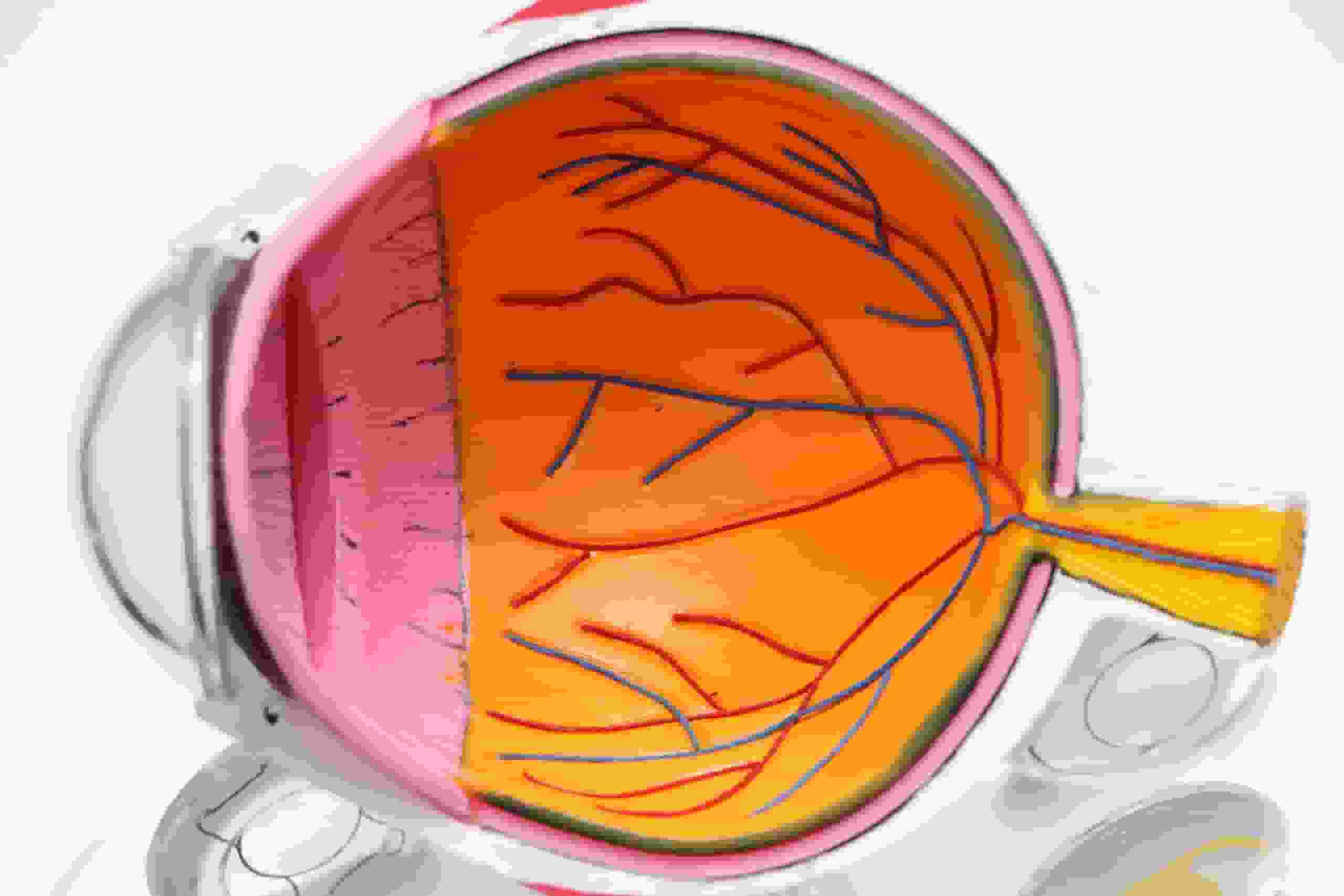
Millions of individuals could be saved from vision loss or blindness thanks to new artificial intelligence (AI) technology that can spot small changes in the retina.
The retinal deep learning model, created by Monash University throughout a three-year study, aids doctors in identifying and predicting the risk of retinal vein occlusion (RVO), which happens when a blood clot clogs a vein in the retina of the eye.
How AI Tech Improves Vision, Prevents Stroke?
However, because the retina is so closely connected to other regions of the body through the central nervous system, the technology also can anticipate the danger of heart attacks and strokes.
The Monash Medical AI Group, located in the university’s Monash eResearch Center, conducted the study, which was published in the journal Eye.
The second most prevalent retinal vascular disease in the world, RVO is thought to afflict 16 million people worldwide, according to study author Associate Professor Zongyuan Ge, who is also an Adjunct Senior Research Fellow in the Department of Electrical and Computer Systems Engineering. Vision loss or, in extreme situations, blindness may result if it is not treated or is identified too late.
People with diabetes, high blood pressure, or high cholesterol levels are more susceptible to developing RVO, which can happen if the veins in the eyes are too thin.
The West China Hospital of Sichuan University provided more than 10,000 fundus photographs (pictures of the back of the eye) for the study, and an AI model was trained to distinguish between them. Although not all of the patients visible in the pictures had retinal vein occlusion, some of them did.
According to Associate Professor Ge, earlier research in artificial intelligence has concentrated on more common eye conditions like cataracts, glaucoma, and diabetic retinopathy.
Risk Factors

A study that connects fundus imaging to risk factors for neurological and systemic diseases is uncommon, he added. We think our study improves our grasp of what AI is really capable of in the diagnosis and treatment of disease.
The AI model was trained using hundreds of thousands of pieces of data, which allowed for incredibly precise predictions.
Associate Professor Ge stated that the capacity of artificial intelligence to carry out enormous computations and collect unknown and seemingly unconnected aspects for classification is well above human understanding and capabilities.
Even if they don’t specialize in that field, doctors and clinicians can use the algorithm tool to forecast their future risk of developing RVO as well as other cardiovascular and cerebrovascular disorders like stroke.
They only require an AI-enhanced cloud computing platform and a smart fundus camera, both of which are now widely accessible, even in developing nations.
Additionally, Associate Professor Ge remarked, We anticipate the algorithm would make it significantly less expensive and more accessible for patients to evaluate the health of their vessels, perhaps for $20 to $40, compared to the customary cost of roughly $3,000 for an MRI scan in industrialized countries.
As Australia’s population ages and there is a national shortage of ophthalmologists, he said this was of particular importance. The investigation is expected to result in clinical trials in China, Australia, the UK, and the US.
Read more: What is Strep A Infection? Health Officials Warn Parents To Watch Out for These Symptoms!

